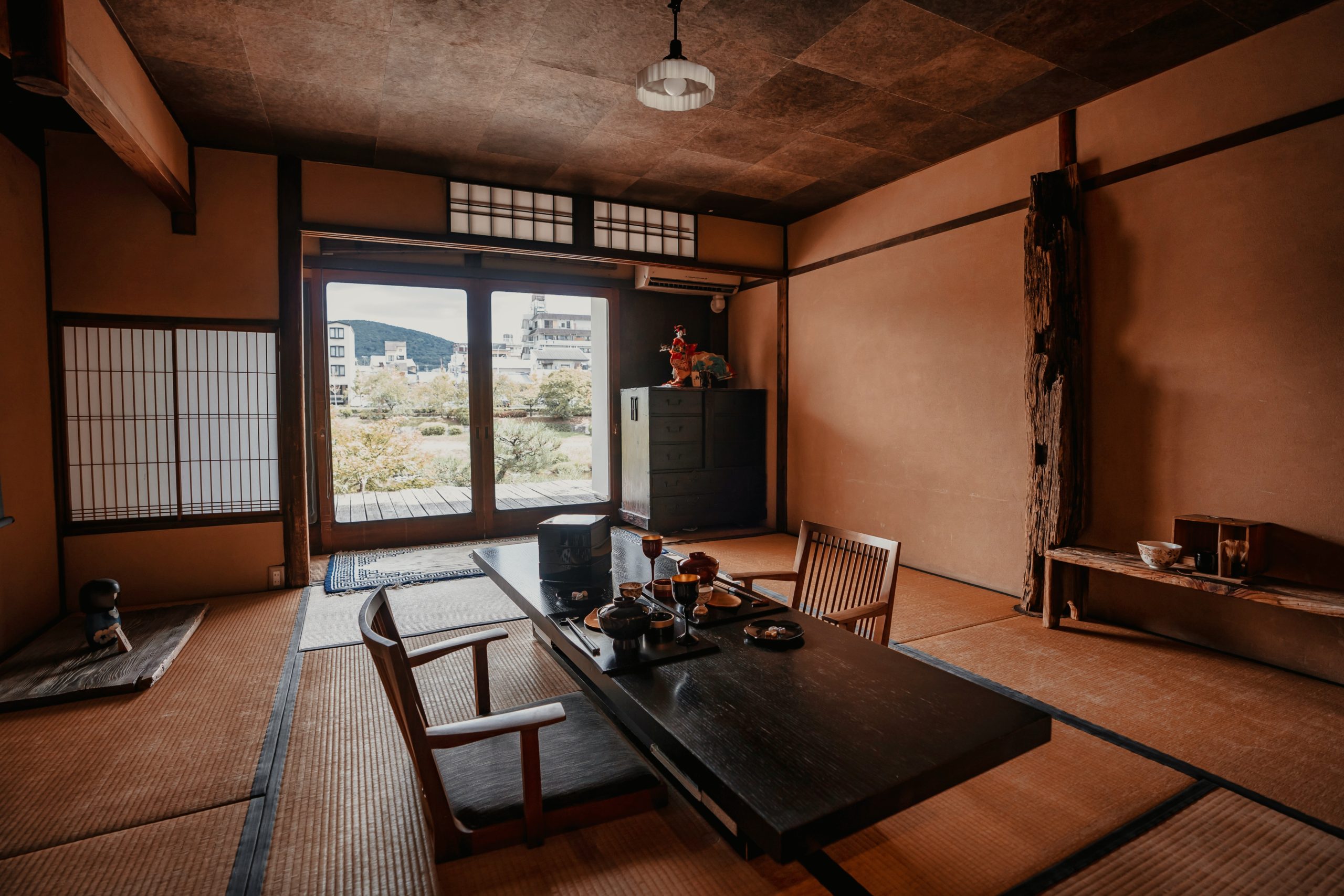Moving to Japan? This is what to expect. There are three main types of housing in the rental market in Japan – mansions, apartments and houses.
A mansion (マンション) tends to be a good quality concrete apartment complex with three or more floors. They can be as small as a one-room studio so do not get the Japanese mansion confused with the Western concept of a mansion. There are regular mansions and “tower mansions”, which are those giant skyscraper apartment towers you see at popular stations such as Musashi-Kosugi.
An apartment or apāto (アパート) is generally seen as a building of lower quality, usually wooden. These are smaller than mansions, usually two floors maximum.
Rental houses are also available, although less common than in many countries. For those looking to live in a house with a lot of room and a garden, it is advisable to try places like West Tokyo, Kanagawa, Chiba or Saitama. Of course there are houses available all over Tokyo depending on your budget. Houses can also be divided into three types –
- Beautiful old “kominka”, Japanese folk houses. These were well built and visually attractive. Those that have been maintained well can be a great place to live, and those that have fallen into disrepair have become popular for people looking to buy a property cheaply, shell it to its bare bones and renovate it.
- Showa/Heisei era houses – These tend to be poorly built and are generally in a bad state despite not being particularly old. They tend to have frosted windows, artificial lighting and strange layouts. Because new houses are so desired in Japan, you can often rent these houses quite cheaply.
- Modern housing – these have less windows and natural light than is ideal, and dedicate most of their space to the structure rather than to a garden. They can be referred to as concrete boxes. On the plus side, they follow earthquake codes and are clean and nicer on the inside than they are on the outside. This is the most popular choice for city dwelling young families.
Real estate companies in Japan use abbreviations in order to highlight key features. L stands for living room, D stands for dining room and K stands for kitchen. S is sometimes used too – this refers to a separate storage room. But know to adjust your expectations and be flexible because what is accepted as a separate room might differ from your opinion.
If you need help apartment or house hunting in Japan, please contact us and we will assist you!


Comments are closed